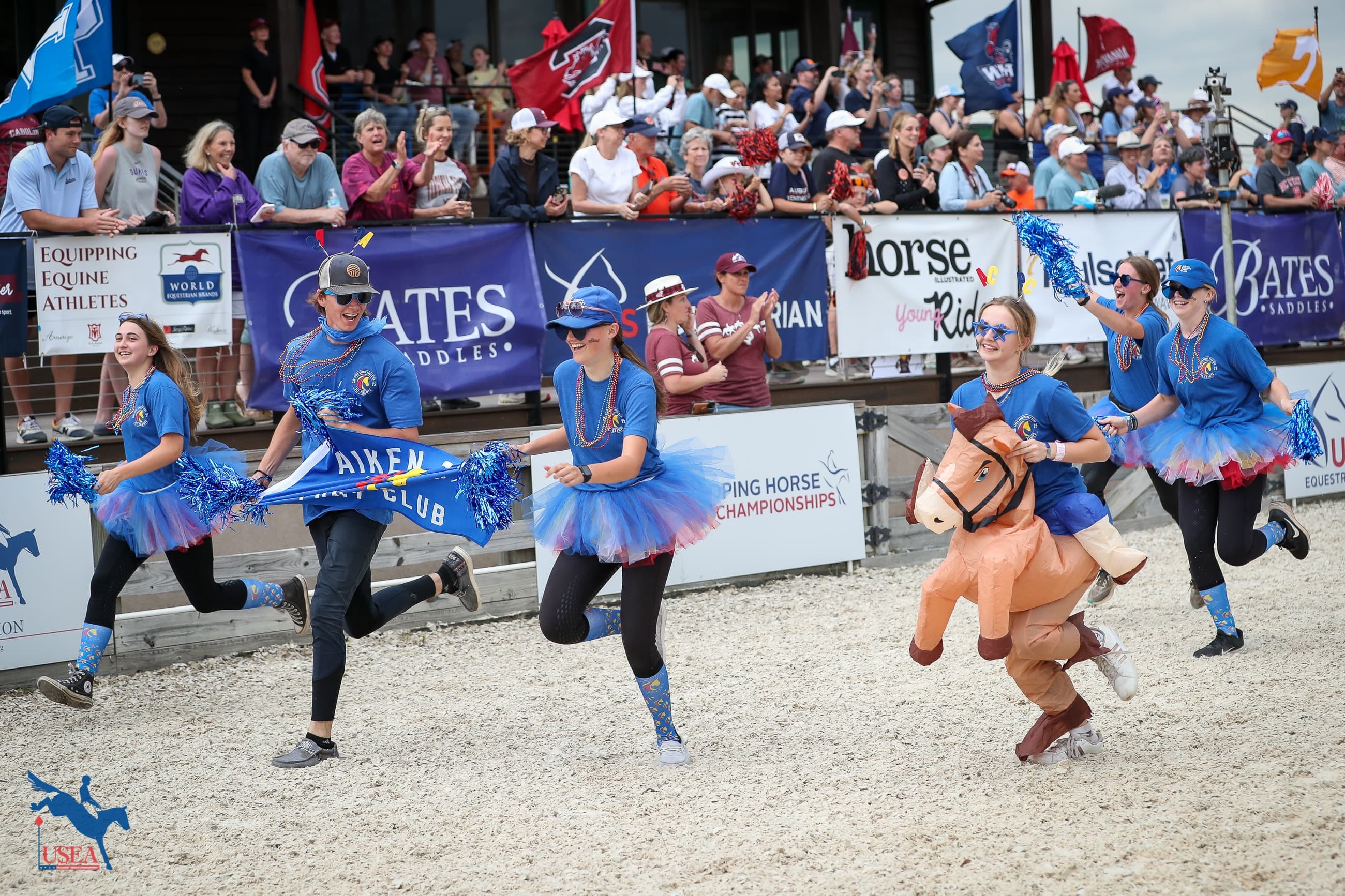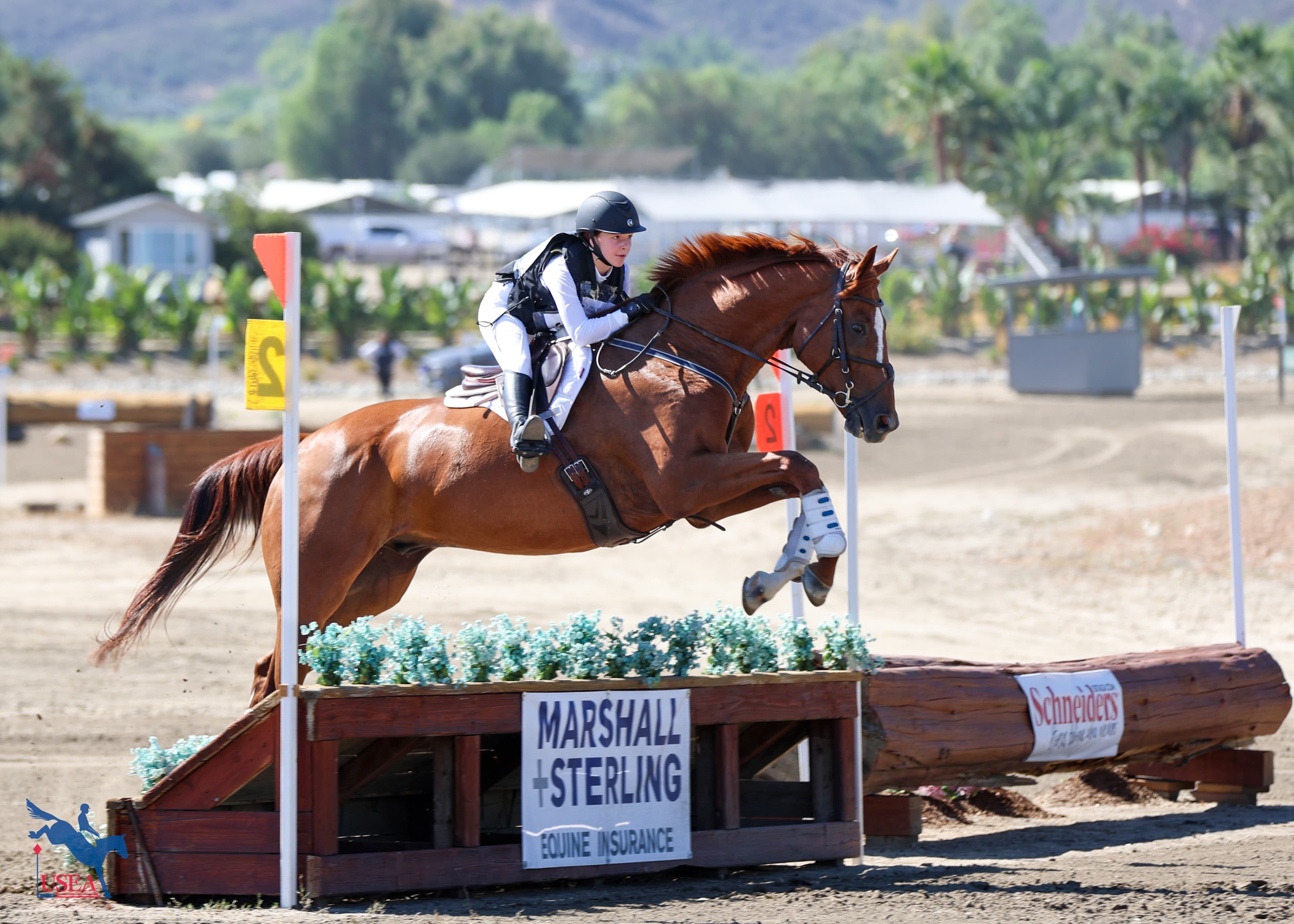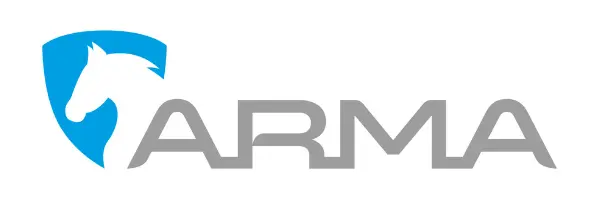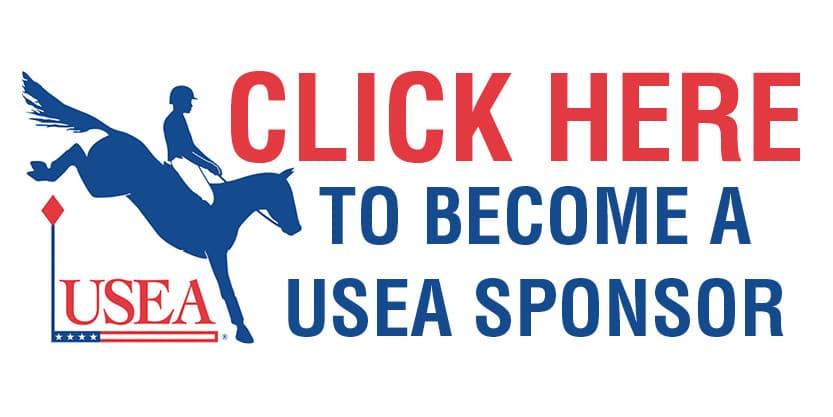Conformation Critique with Chris Ryan: Teagan Van't Jordenshof
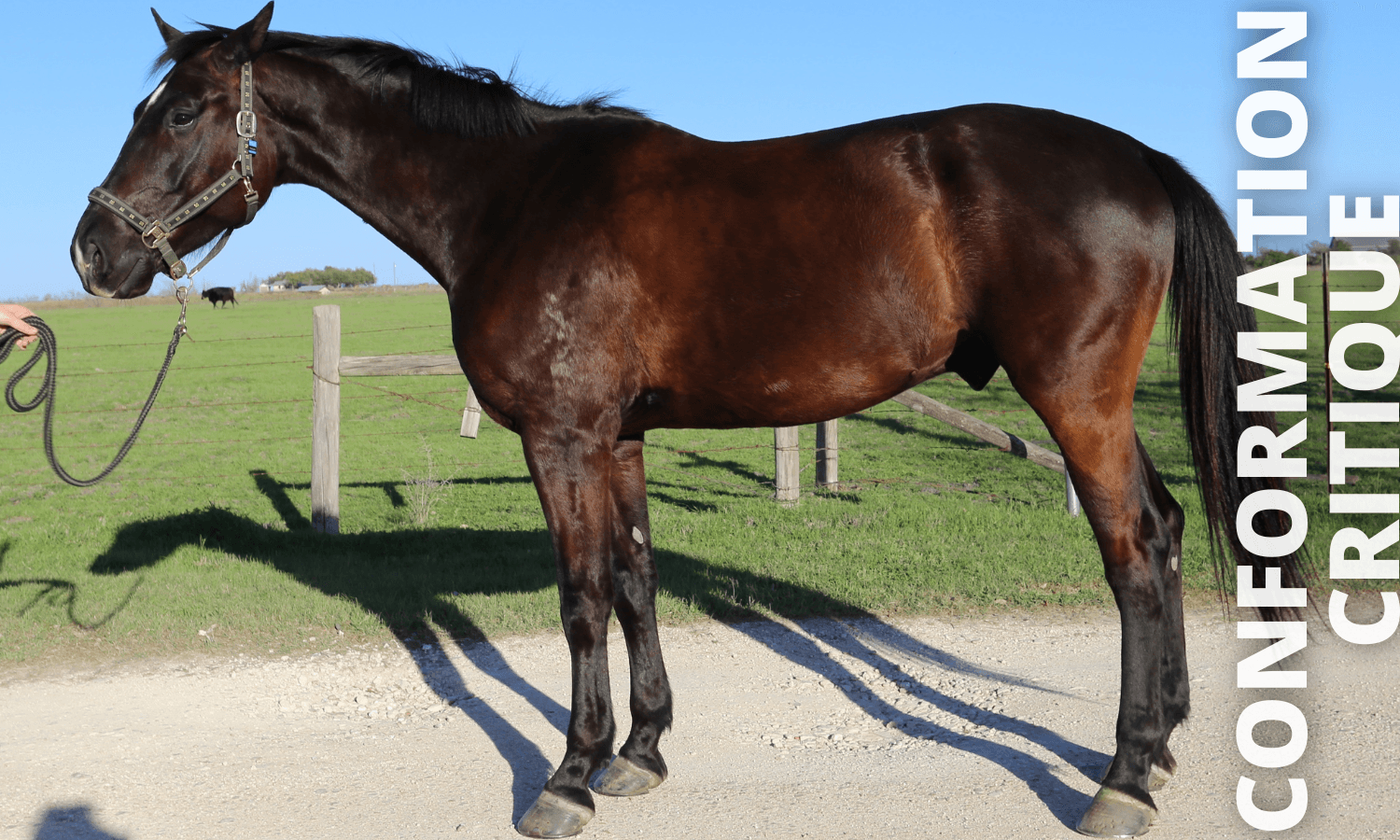
It’s a while since we’ve engaged so it’s possibly a good time to press the "refresh" button! As the title suggests, good conformation can assist good soundness and, therefore, good longevity which is obviously in the best interests of both equine and human partners.
I love and value the very wise statement, “If you can’t measure, you can’t improve…”
Well, regarding conformation, there is a measurement tool we use, namely, linear profiling. If you Google equine linear profiling, you will find some great articles with explanations of its procedures and value. The KWPN Studbook has been at the forefront of developing linear profiling, and we in the Irish Sport Horse Studbook (ISH) attended a linear profiling seminar in Germany recently at which over 10 studbooks were present and gave some excellent presentations.
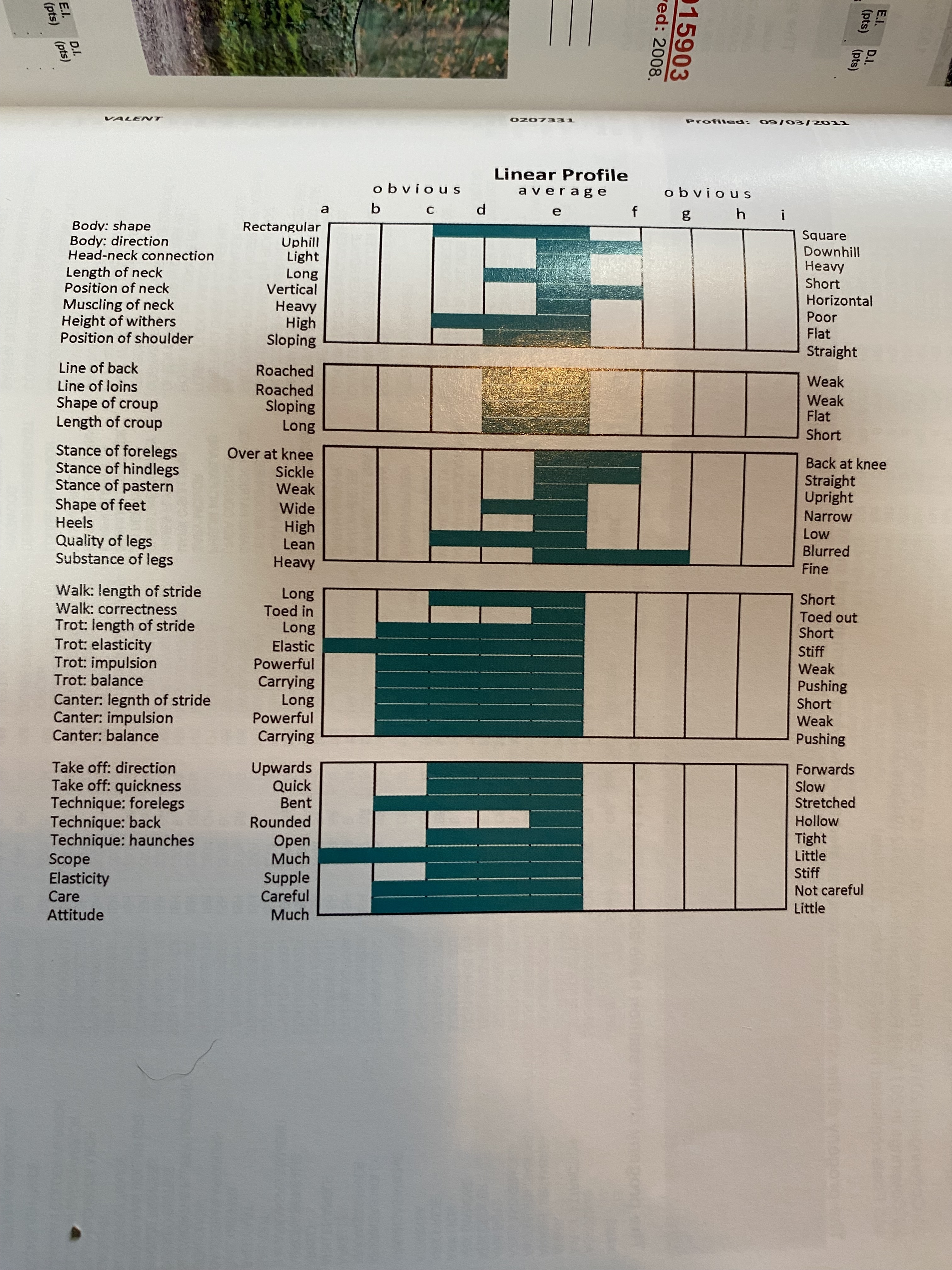
I am on the Horse Sport Ireland Stallion and Mare inspectorate. The data being collected on our high-profile sport horses and on our breeding stock is already proving its value through good breeding selections. I’d respectfully suggest that the great reputation of the soundness of the Irish Sport Horse is aided by these inspections.
The profile included here is of Valent (Hors La Loi x Sarnike), a sire recently promoted to five-star status for his eventing progeny through his progeny. Some examples include his 10-year-old daughter Cooley Rosalent (Valent x Bellaney Jewel) who finished in third at last year’s MARS Maryland 5 Star with Oliver Townend. His 12-year-old son Jewelent (Valent x Bellaney Jewel) is a full sibling to Cooley Rosalent and has had quite a successful career with Irish rider Clare Abbott up to the four-star level before being purchased by U.S. rider Phillip Dutton and placing second in his first four-star on U.S. soil at Bouckaert Equestrian H.T International (Fairburn, Georgia).
I’d love the opportunity to linear profile his progeny and compare them to his own profile. Is the stallion stamping his stock? Can they jump like him? I think Valent can be a strong influence. Try and compare his measurements to his picture, because this is what I must do with a lovely 5-year-old Belgian warmblood following!
Teagan van’t Jordenshof
First Impression
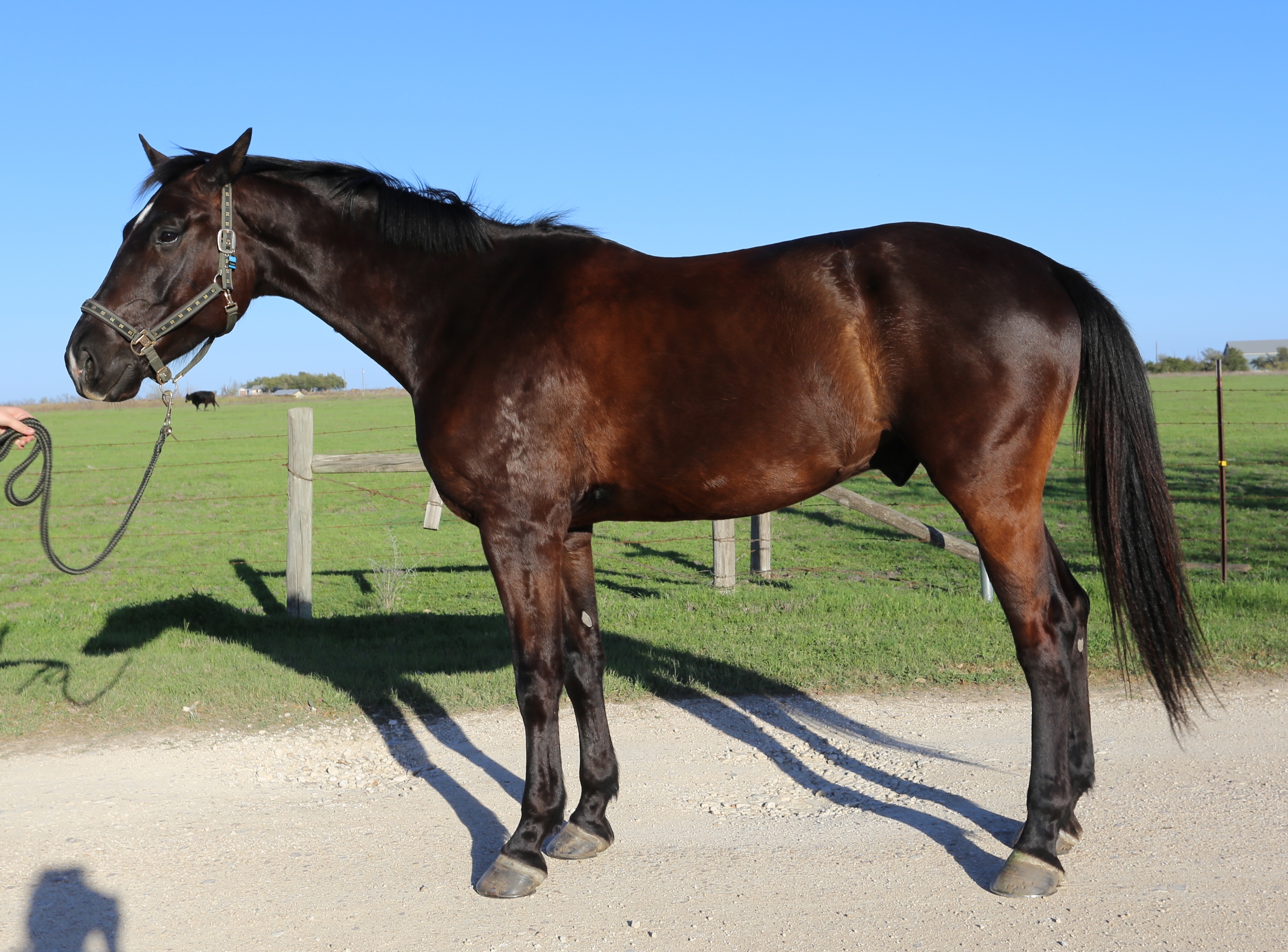
This is a mature horse who fills the eye. His head-to-neck connection is a fraction strong but leads down to a good light connection of neck to sloping shoulder, though the neck is a degree or two on the horizontal side of average. These connections would advocate, for me, a loose and rangy stride which helps a scopey jump when combined with the loose elbow connection I see here.
Conformation
The letter E on the linear profile is average, and letters D and F represent that one degree, plus or minus, and are acceptable; two degrees are worth a mention. I see this horse is a fraction back at the knee and tied in below the knee (possibly one degree or less). My eye is drawn to the off forefoot which suggests a flatter foot, a longer toe, and a shorter heel (two degrees minus). Photos can be deceptive, but I’d have another look at this. He has good pastern angles of 45 degrees, so that is an E. The front leg and its loading are all important for me as the front leg can be responsible for the highest proportion of unsoundness.
There is good body depth and muscling over loins in this individual. I am concerned at the lack of depth I often see in the modern pan-European horse. Good depth represents good heart and lung function. It is a measurement you will see missing from the standard sport horse linear profile sheet. I would like to see it added along with a length of cannon bone. Interestingly, we have it on our Irish Draught sheet but not on our ISH. I accept we possibly need more body depth in the racehorse and the eventer than the show jumper and more slow twitch muscle and stamina and all these attributes I see diminishing in the modern event horse leading to horses not traveling easy at four-star, especially four-star long, and five-star levels with more emphasis by many on the dressage and show jumping phases. It’s fascinating.
I’d prefer this horse to have his near hindfoot about eight inches further behind him to help assess his hind end and the true angle of his hock (130 degrees for an E). I note a little tapering of his hindquarter where it enters his second thigh, which is generous. The hock and the whole formation of the hind leg is so important as the horse is or should be, "rear wheel drive’" with the engine (heart and lungs, etc.) delivering the power to the back end. If the horse is built downhill, this power is inclined to push him into the ground and a loading of the front end. Ideally, he should be horizontal or better again, for me, slightly uphill. My measurement, of body direction, is a line from the point of the buttock to where the jugular groove goes into the chest.
Movement
I love these movement videos. Does the movement correspond to the conformation? It should!
I see a walk and trot that is straight and correct and note a lightness of footfall given his size and some elevation in the trot. Amazingly, I note two Irish sires who throw horses with good elevation, and yet both throw horses who are heavy on their feet! Both are inclined to be downhill but how can a horse be elevated and yet heavy on their feet? I’ll let you know when I have it explained or perhaps USEA readers can help.
After viewing this horse’s walk and trot please replay it with your eyes closed. I love it when horses are presented on the hard surface. In this case, you can hear the length of stride at walk and the lightness on his feet that could belong to a smaller horse. If you closed your eyes and had your own horses trot up for you, could you recognize which horse is which? You should! It would be a fascinating exercise.
I encourage you to comment and get involved in this conversation. Why? Because conformation matters!
Interested in submitting your horse to be critiqued? Send your high-resolution conformation photos and video to Meagan DeLisle at [email protected] for your chance to be featured.
About Chris Ryan
Chris Ryan comes from one of the most storied families in Ireland. Following in his father’s footsteps, Ryan hunted the legendary Scarteen hounds for 28 seasons. The Scarteen hounds have been in the Ryan family for more than 400 years. From racing in his youth, to huntsman, and now judge and commentator, Ryan has become a regular part of eventing life in Ireland and Europe. One of the foundation selectors of the Goresbridge Go for Gold elite event horse sale held every November in Wexford, Ryan has developed a keen eye for young stock, many having gone on to great things in Ireland, England, and Europe. He is best known in the United States for finding McKinlaigh, the horse with whom Gina Miles won the individual silver medal at the 2008 Beijing Olympic Games, and producing him from a 3-year-old to a 5-year-old at his first Preliminary level event. International winning and placed horses including Copper Beach, Cooley Rourkes Drift, Cooley SRS, November Night, Prince Mayo, Glencento, Reenmore Duke, Ballymurphy Mark, and many others all came under his eye and passed the test. All this experience is blended with an instinct for what is required and the genetics to operate at the highest level.

